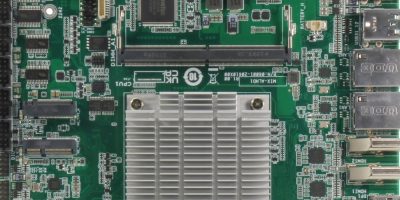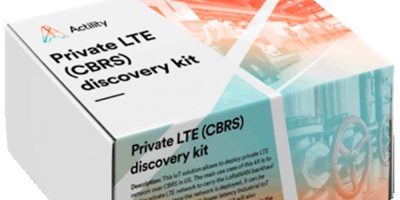IoT for industrial operations technology developer Orbcomm, has partnered with u-blox to develop solutions for the convergence of terrestrial and satellite IoT communications markets.
The cellular and satellite IoT communications markets have grown substantially. The Ericsson Mobility Report (2022) said the number of cellular IoT connections was approximately 0.5 billion in 2016 and projected to reach around 5.5 billion by 2028. At the same time, the satellite IoT comms market is expected to triple by 2025 (source: The Satellite IoT Communications Market report by Berg Insights). Combining satellite and cellular IoT comms can uncover new areas and be more attainable for IoT deployers, said u-blox.
As part of the collaboration, u-blox will directly integrate support for Orbcomm’s satellite communication protocols into its UBX-R52/S52 LPWA (low power wide area) modem SoC. The small chipset offers dual connectivity at a low cost, said the company. It will be at the core of future u-blox module products supporting terrestrial LPWA and satellite IoT protocols enabling connected solutions almost anywhere in the world, claimed u-blox.
The UBX-R52/S52 chipset is specifically designed for IoT applications with long lifecycle needs, it will further strengthen u-blox’s leadership in asset tracking, said Martin Leach, head of product centre cellular at u-blox. The partnership will integrate satellite protocol support alongside cellular protocols to expand the addressable market for IoT applications, including remote locations without reliable cellular coverage, added Leach.
“We are excited to see the convergence of cellular and satellite technologies into a powerful single device,” said David Roscoe, executive vice president of satellite communications and products at Orbcomm. He said that the combination of Orbcomm’s satellite technology with the UBX-R52/S52 chipset will “allow customers deploying IoT solutions in the supply chain, heavy equipment, and agriculture industries” for what he described as ubiquitous, reliable coverage “virtually anywhere on Earth, including remote locations, areas with poor cellular coverage, and isolated environments such as in the middle of the ocean”.
Industrial IoT applications that can benefit from these solutions include asset tracking in logistics, retail, and manufacturing, tracking and telematics equipment for agriculture, construction, and mining, livestock tracking and industrial sensors.







